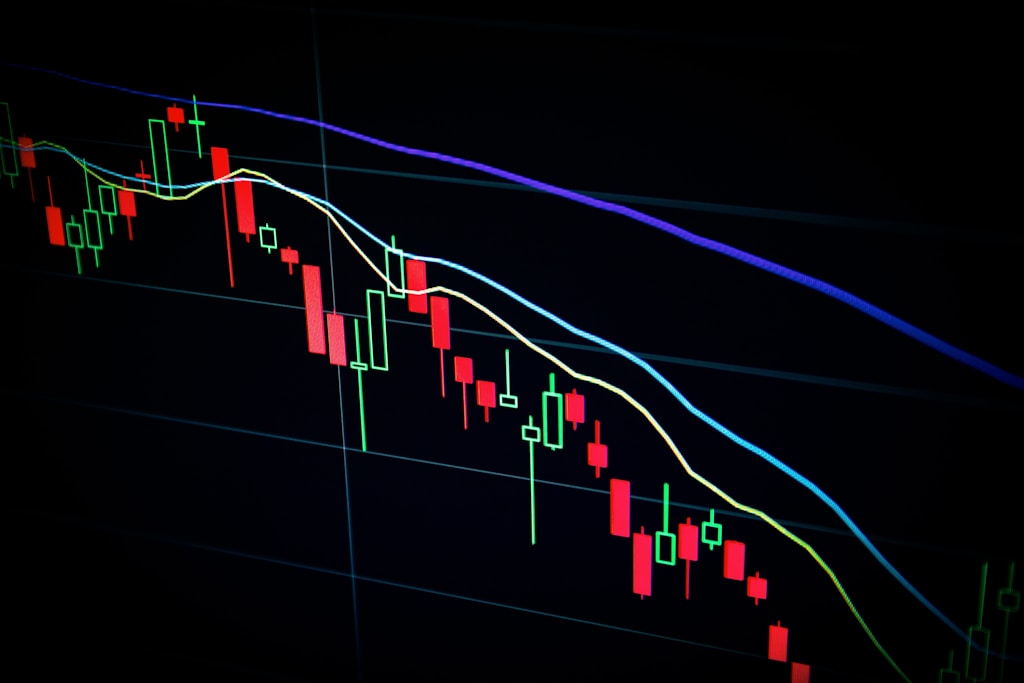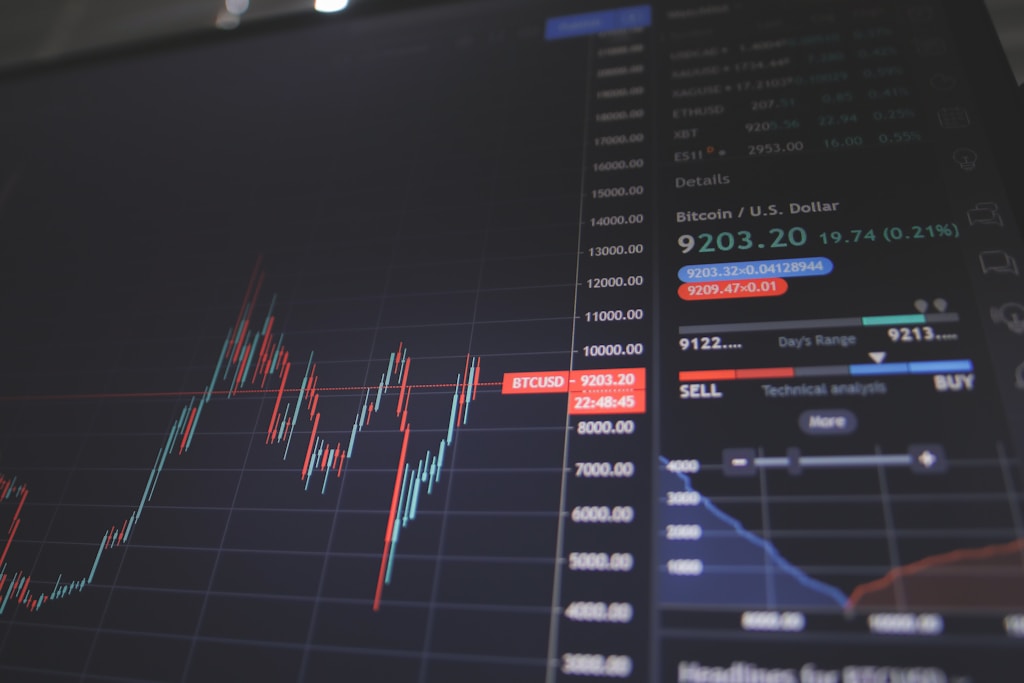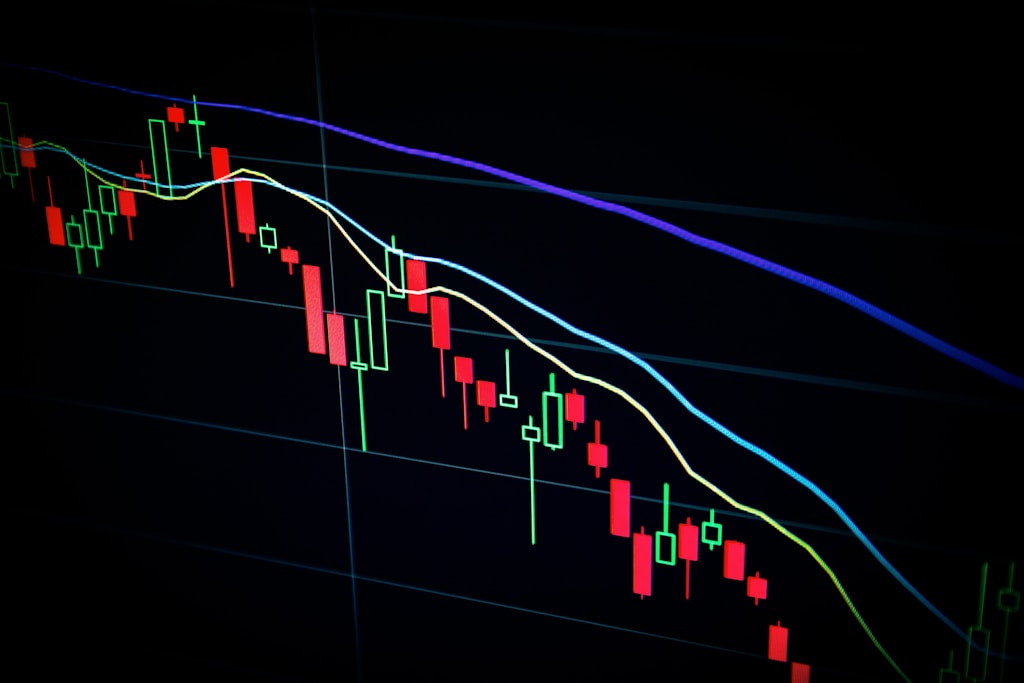Bitcoin’s uncharacteristic calm may be nearing its end as multiple high-impact catalysts line up this week, with the leading cryptocurrency having consolidated between $100,000-$110,000 for nearly three weeks. Trading firm QCP Capital warns that this period of low volatility could precede a significant directional move.
The current market dynamics show remarkable similarity to Bitcoin’s recent volatility crash, though at a much higher price plateau. Deribit’s DVOL index, tracking 30-day implied volatility, sits just above 40 – among the lowest readings in two years.
Key Catalysts That Could Trigger Bitcoin’s Next Move
Three major events this week could break Bitcoin’s range-bound trading:
- May CPI data release on Wednesday (Expected: 0.3% MoM, 2.5% YoY)
- Producer Price Index on Thursday
- US-China trade negotiations in London
SPONSORED
Trade Bitcoin with up to 100x leverage and maximize your profit potential
Institutional Positioning Shows Market Fatigue
Recent data reveals growing institutional caution. ETF inflows have slowed considerably, with cumulative additions stalling at $44 billion. Large hedge funds have reduced their spot-ETF exposure as the profitable cash-and-carry spread has compressed.
Potential Price Scenarios
Two primary scenarios emerge:
- Upside surprise in inflation data could trigger a drop below $100,000
- Benign inflation print plus positive trade talks could catalyze a push toward $140,000
FAQ
Why is Bitcoin’s volatility so low right now?
The market is in a holding pattern ahead of crucial economic data and trade negotiations, with traders unwilling to take large directional bets.
What could trigger the next big move in Bitcoin?
CPI data, PPI numbers, or developments in US-China trade talks could provide the catalyst for a breakout from the current range.
Where could Bitcoin price go next?
QCP Capital suggests a break below $100,000 or above $110,000 would likely reawaken broader market interest, potentially leading to a significant directional move.
At time of writing, Bitcoin trades at $107,919, maintaining its position within the established range as markets await this week’s critical events.







